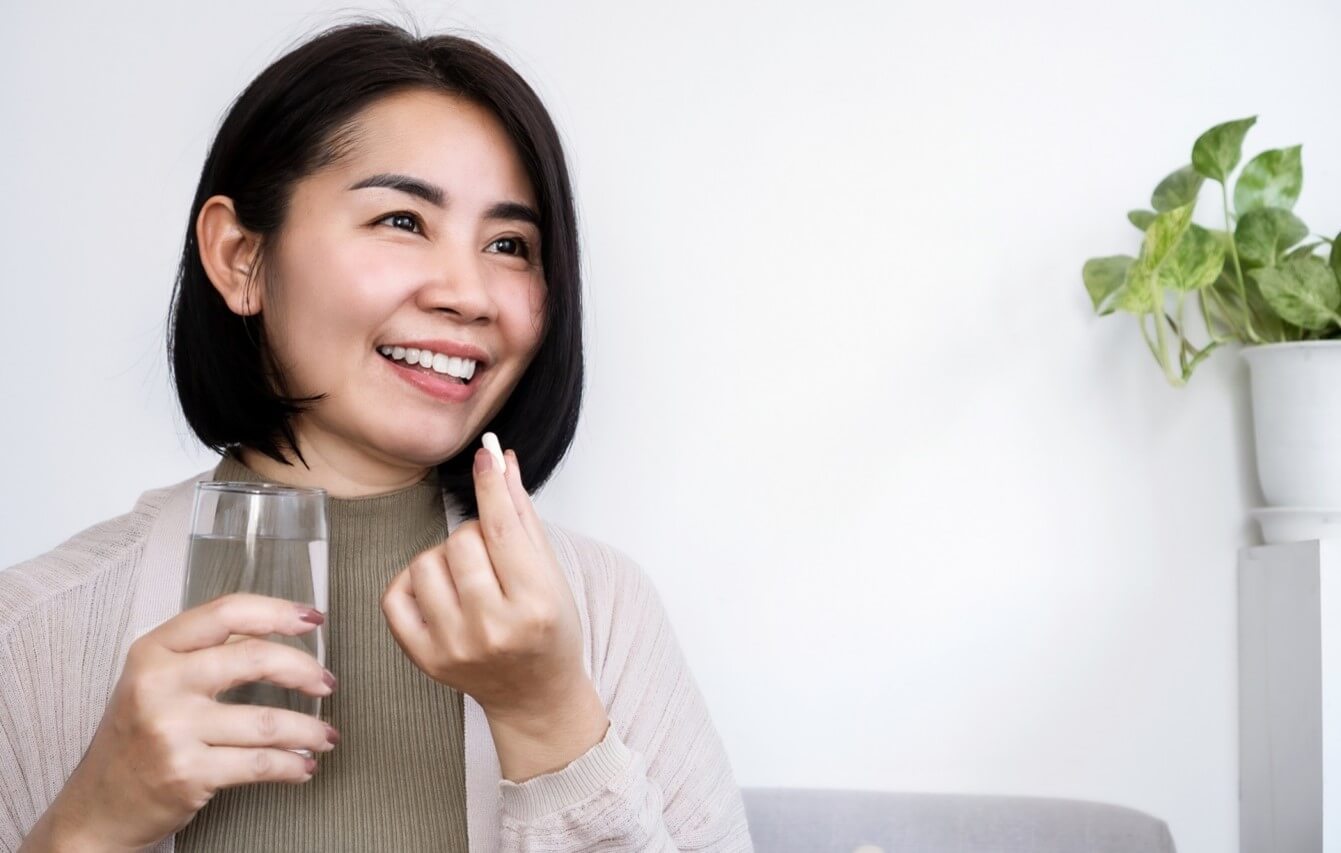Since the close relationship among the framework categories could be viewed as a spectrum, Euromonitor International provides examples to support their distinct differences. For example, menstrual care includes period and cycle care, while reproductive health focuses on aspects such as fertility and birth control. Maternal health covers prenatal, pregnancy, and postnatal care, and menopausal care centers on early, peri-, and post-menopause matters.
All of these differ from the gynecological health category, which encompasses such concerns as endometriosis, polycystic ovary syndrome, urinary tract health, and pelvic health—of high relevance to women aged 25 and older. Oncology, in this case, relates to the cancers associated with women like breast, ovarian, uterine, and cervical cancers, which are also highly relevant to women in most age groups.
The last categories consist of sexual wellness (which includes libido and intimate care) and general health. General health is the broadest category of all, spanning cardiovascular to bone to mental health. Women’s health and nutrition products that include ingredients and messaging around general health conditions offer women a much-needed holistic health solution—and represent a significant opportunity for nutrition companies.
4 Key Nutrients for Women’s Health
There is a growing preference among consumers toward prevention over treatment for health conditions. While nearly 40% of female consumers see a healthcare provider to treat their symptoms, about one-third choose dietary supplements or natural remedies and one-quarter try lifestyle changes, such as exercise.
When Euromonitor International looked at what motivates women to seek new prevention or treatment methods for health issues, the responses included weight management and depression (particularly for women aged 30–44), mobility problems, and skin health, among others. Nutrition solutions offer a way to address many of these issues, with some nutrients offering crossover benefits.
These four nutrients should be the foundation of any women’s nutrition product:
1. Calcium
Calcium is an essential mineral critical to maintaining bone and joint health and reducing the risk of osteoporosis after menopause. It also has a role during pregnancy and breastfeeding to support the proper development of the baby’s bones and teeth. In addition, calcium is increasingly viewed as an essential component of performance and active women nutrition since strong bones facilitate safe and effective workouts. An innovative ingredient like TruCal, a balanced milk mineral complex delivering 7 minerals (Calcium, Phosphorus, Magnesium, Potassium, Zinc, Iron and Copper) can be superior source of calcium.
2. Vitamin D
Active women nutrition also requires vitamin D, which promotes the absorption and utilization of calcium in the body. Recent research shows vitamin D can also support female fitness in another way—by reducing the risk of age-related loss of muscle strength (dynapenia). Vitamin D is also being studied for its potential role in regulating mood and mental health.


